
| Home |
Contents | Downloads | Resources |
Chapter 9: Diversity
Page 69: The Metigoshe Metis Community
| Except
for Grand Clarieire, of most of the new communities in Southwestern
Manitoba were British in nature for the first twenty years. After 1900, that began to change as people from other cultures moved here. The first permanent Métis settlers moved to Turtle Mountain in 1908. Descendants of the Red River Métis came from North Dakota and settled just north of the USA-Canada border on the western end of Turtle Mountain. The following decades saw more families move into the bush land surrounding Lake Metigoshe, Lake Dromore and Sharpe Lake. Some European settlers married into Métis families and the community grew. The Metigoshe community was a tight-knit group of people. The relatively isolated location of the community meant that neighbours lived, worked and played together. They pitched in and helped each other in times of need. They created a lifestyle that did not require much money, and many children grew up not knowing, or caring, that they weren’t well off. They made use of what the land provided, hunting, fishing, harvesting wood, trapping, gardening and farming. The children of early Metis families around Lake Metigoshe were faced with a trip of up to eight kilometres to Marsden School, which had been established in 1908. In 1938 a second Marsden School, operated by the same board was built to accommodate them. 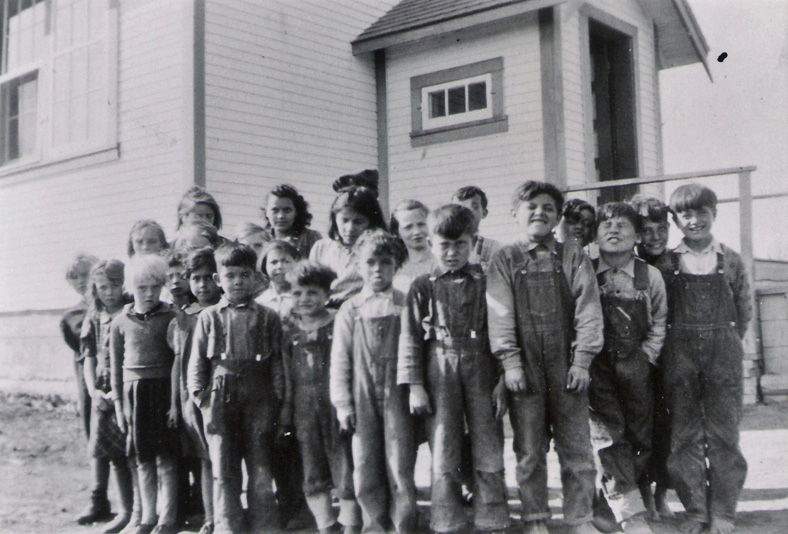 Student at Marsden School #2 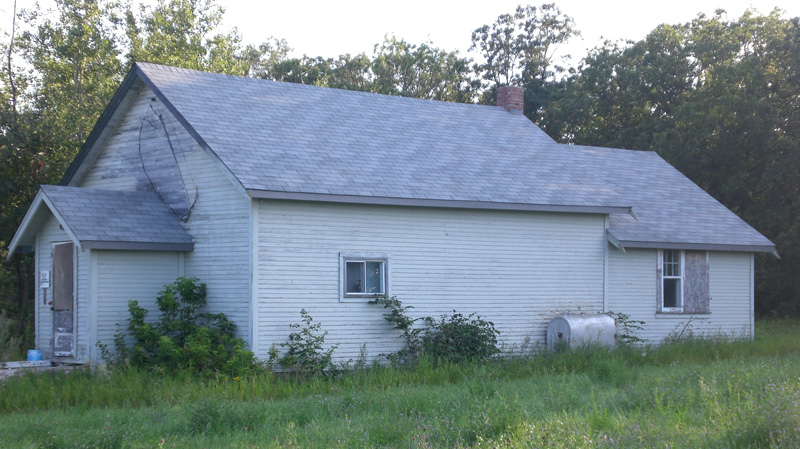 Marsden School #2
While children of European settlers living on the level farmland to the north attended Marsden No. 1, Marsden No. 2 served Métis children living closer to the border. The school, which also served as a community centre, helped local people affirm their heritage. |
Page 70: Belgian Community
The
first immigrants from Belgium arrived in Southwestern Manitoba in
the two decades before the First World War, reaching over 2000 a year
by 1906. Lack of opportunity in their overcrowded European homeland,
and the devastation of Belgium by the invading German armies in World
War I caused many more to leave their homeland.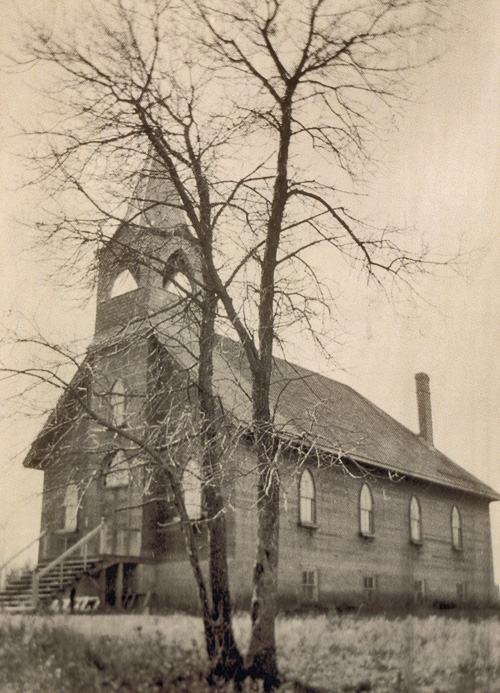 St. Paul’s Catholic Church Most of the settlers in Southwestern Manitoba were of Flemish descendent, while the French-speaking Walloons were more likely to settle in Quebec or St. Boniface where they could continue to speak French. For the newly arrived immigrants, language was always an issue. Many of the men that arrived learned both English, and how to farm on the Canadian prairies, from already established farmers. The children of Belgian immigrants would be taught English in small, one-room schools that dotted the landscape, most of which at the time had very few natural English speakers besides the teacher. Many of the Belgian immigrants would become farmers in Southwestern Manitoba, and would become important members of the community, working with many organizations and community endeavors. They mostly settled around Deloraine and Medora  In the spring of 1917 the Belgian community living on the slopes of Turtle Mountain and their priest, Father P. E. Halde decided to build themselves a church wherein they could pursue their worship of the Catholic faith. The spot they chose was high up on the mountain where it could be seen for miles and miles. |
Page 71: The Whitewater Mennonite Community
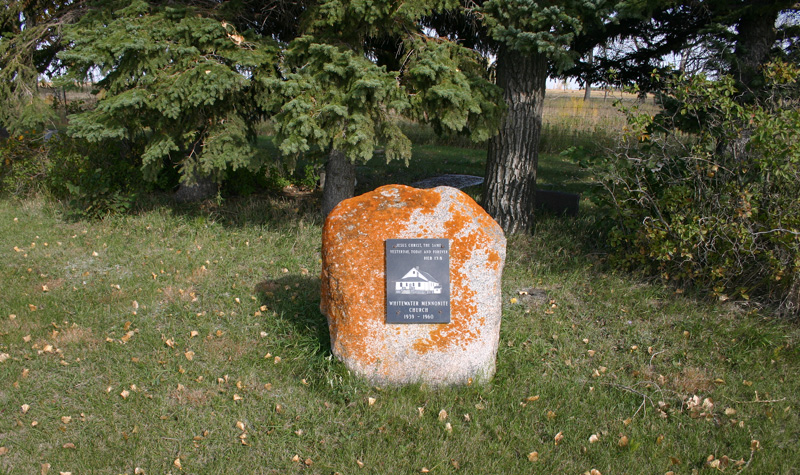 Whitewater Mennonite Church,
located by the Cemetery, was built in 1939.
Mennonites are a pacifist group of Christians. Before World War One, the Mennonite colonies in Russia were quite well-to-do with beautiful homes and gardens, plentiful orchards, and rich land upon which they produced good crops. After the war the Soviet Revolution brought imprisonment, plundering, mistreatment and murder upon the Mennonite people. This was followed by famine and then the new communist government began to tax the Mennonites very heavily and further harass them. Groups of refugees were eager to find new lives on the Canadian prairies. 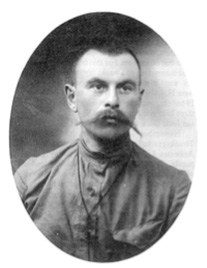 Herman Lohrenz – a teacher from Russia, was one of the first Mennonites to arrive in the Whitewater District. Some came to southwest Manitoba near Whitewater Lake. Many arrived with nothing but the clothes on their backs and Bibles in their hands. Though they had no money to speak of, they managed to secure tens of thousands of acres of land including essential start-up goods without making so much as a down payment. Instead, they promised half of their gross annual income until the purchase price and interest were covered. 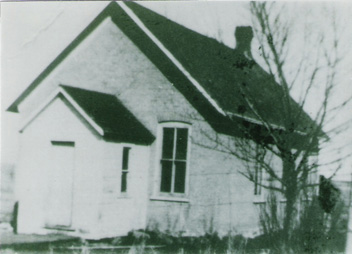 Petersburg School – Whitewater Schooling was very important and two schools in the region, Petersburg and Strathallan were soon filled with children who knew little English. It was a challenge to find teachers who were trained for such a situation. In their new communities, the Mennonites took pains to preserve their own culture and religious heritage. Church was the hub of the Mennonite community. |
Page 72: Chinese Immigration
The
Chinese were unlike any settlers the prairies had seen. They were
single men who came into towns and villages in small numbers to run the
local laundry or set up a restaurant. They spoke a markedly different
language their customs were unfamiliar to the other settlers. 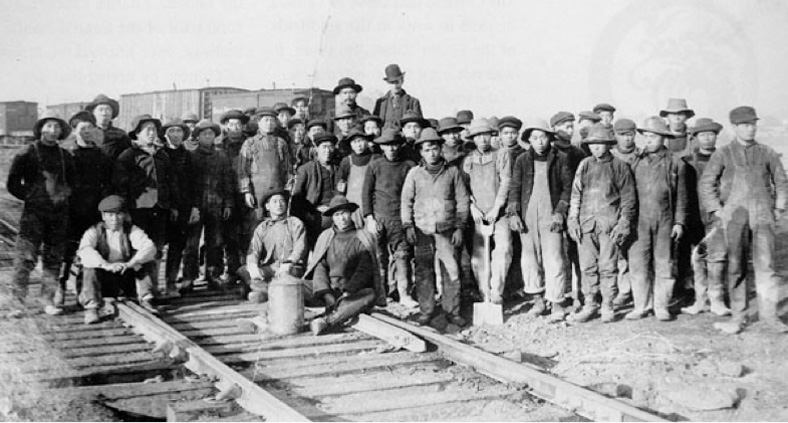 CPR Workers – 1883.
When the Canadian Pacific Railway was being built between 1881 and 1885, Chinese men were encouraged to immigrate to work on the project. As soon as the railway was completed, however, the Canadian government wanted nothing more to do with them and moved to restrict Chinese immigration by imposing a $50 head tax. No other group in the history of Canada has been forced to pay such a tax. Chinese men continued to immigrate regardless of the head tax. They often faced poverty at home. China had too many people. For many years the Chinese Immigration Act prevented men already living and working in Canada from bringing their families from China to live with them. Chinese first began settling in Winnipeg around 1870. Soon afterwards Brandon and rural prairie towns saw Chinese men in their communities as well. Many worked in the laundry or restaurant business. Those with higher levels of education and better English skills could work as travelling salesmen. In rural Manitoba, the restaurant is most commonly associated with the Chinese as an occupation. They learned English to make friends with their customers and others in the community. Yet the hard work and long hours made little time available for socializing. Most towns in western Manitoba had a Chinese restaurant at least until the 1950s. They made important contributions to rural Manitoba and fostered fond feelings among their customers and neighbours. |